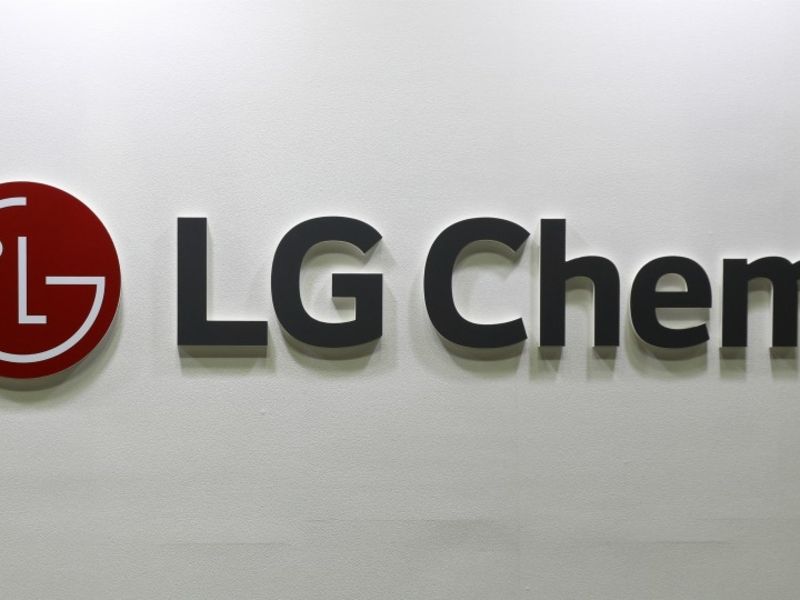
SAN FRANCISCO — LG Energy Solution aims to build advanced battery cells for Tesla Inc. EVs in 2023 and is considering potential production sites in the U.S. and Europe, two people familiar with the matter told Reuters.
Tesla has not yet agreed to a deal that would expand LG’s role in its supply chain beyond China, one of the sources said.
Last week, the Korean battery maker told reporters it plans to build a U.S. factory where it would make battery cells for EVs and energy storage systems, to cater to U.S. and global customers as well as startups. It did not identify potential customers then, but one of the sources said it was hoping Tesla would buy the batteries.
In September, Tesla CEO Elon Musk announced an ambitious plan to develop new cells in-house, prompting suppliers like LG and Panasonic to embrace the unproven technology or face risks of losing a major customer for the longer term.
The supplier, a unit of LG Chem has made samples for the so-called 4680 large-format cylindrical cells, said the sources, who asked not to be identified. It faces technological hurdles and the challenge of scaling up production, people familiar with the matter said.
“LG plans to produce 4680 cells at its new U.S. factory. They plan to build a new 4680 cell line to supply Tesla’s Giga Berlin in Europe,” one of the sources said, adding Spain is one of candidate for the European plant.
One of the sources said LG has never mass produced such large-format cylindrical cells, although increasing battery capacity is the correct call.
“Tesla is a major customer, and LG can take risks,” another source said.
He said LG has not yet secured orders from Tesla for the 4680 cells, still under development. For now, Tesla is sharply boosting orders for 2170 cells used in the Model 3 and Model Y vehicles made in China, the source said.
LG declined to comment, and Tesla officials could not be reached for comment.
Tesla plans
Tesla’s September plan to develop the new 4680 battery cells is meant to reduce production costs, improve battery performance and increase driving range. This would help with Tesla’s push to boost EV production significantly around the world.
Tesla is running a pilot factory for the new battery cells in California, and preparing to build those cells at newer plants in Texas and Germany.
Musk said recently Tesla is in talks with battery suppliers about developing 4680 batteries. He said Tesla will use the current cells for at least a few years, but will “retire” those cells over time.
LG currently supplies smaller cells to Tesla in China, as does Chinese battery maker CATL. Panasonic has partnered with Tesla in a $5 billion battery “gigafactory” near Reno, Nev.
Battery gold rush
LG currently has a $2.3 billion joint venture with General Motors in Lordstown, Ohio, to make pouch-type EV batteries for future GM vehicles.
GM said separately it is considering building a second U.S. battery factory with LG.
The unusually candid comments from LG and GM came after another Korean battery supplier, SK Innovation, said it hopes the White House will overturn a recent U.S. trade ruling favoring LG, saying it threatens to disrupt battery supplies to Ford Motor Co. and Volkswagen Group.
Tesla rival Lucid Motors, which has a multi-year supply deal with LG Chem, and is considering whether to make its own cells in house, said it is interested in different cell formats, CEO Peter Rawlinson earlier told Reuters.
Panasonic plans to start a test line for 4680 cells in Japan in the business year beginning April 1, according to a person familiar with the matter. The two companies have not said if they plan to collaborate on production of the 4680 cells.
Tesla may need to push out the timeframe for mass production, or work with partners at its newer plants in order to get cell production running quickly, said Caspar Rawles, an analyst at researcher Benchmark Mineral Intelligence.

